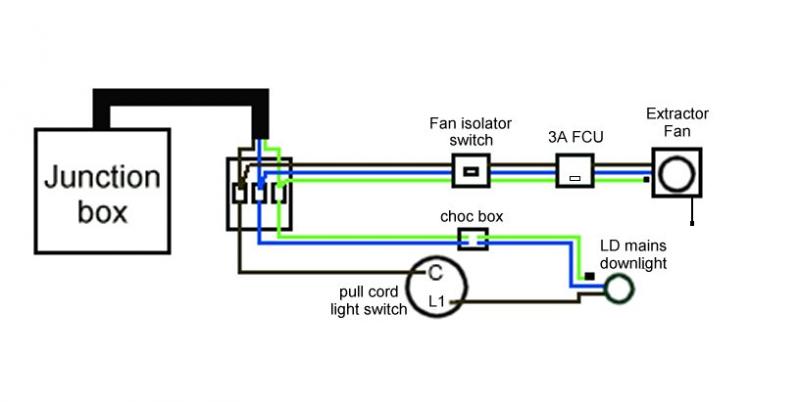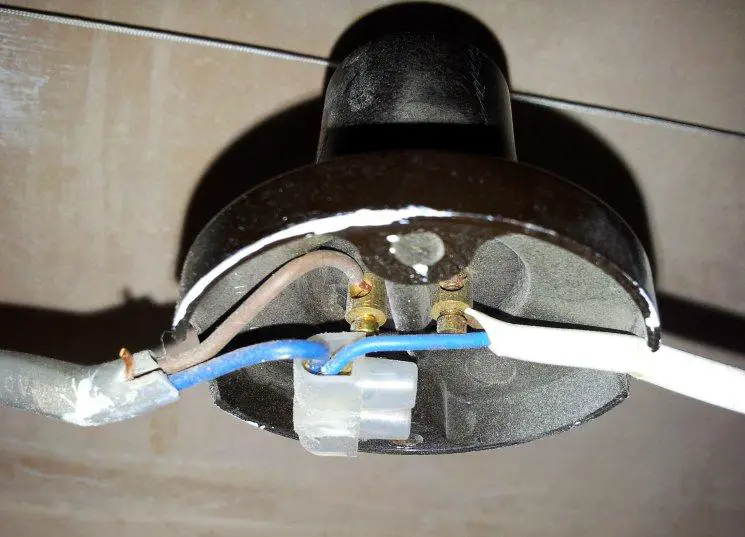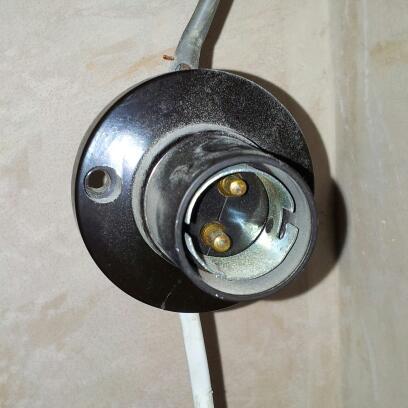I'm installing a new under stair toilet. Previously from a junction box in the vicinity,
a light with switch was wired up, I've just used the same cable from that box.
The junction box is shown on the left of the picture below.
I've added a second small junction box to run an extractor fan and a new mains LED ceiling light from.
The fan is not timed, just works on a pull cord. The light will have a pull cord for operation as well.
As the fan and LED light only need live and neutral I'll use terminal blocks to terminate the earth cables.
I've read quite a few threads on the forum, but can't convince myself that I've wired it all up correctly,
so advice would be greatly appreciated. Cheers.
a light with switch was wired up, I've just used the same cable from that box.
The junction box is shown on the left of the picture below.
I've added a second small junction box to run an extractor fan and a new mains LED ceiling light from.
The fan is not timed, just works on a pull cord. The light will have a pull cord for operation as well.
As the fan and LED light only need live and neutral I'll use terminal blocks to terminate the earth cables.
I've read quite a few threads on the forum, but can't convince myself that I've wired it all up correctly,
so advice would be greatly appreciated. Cheers.





